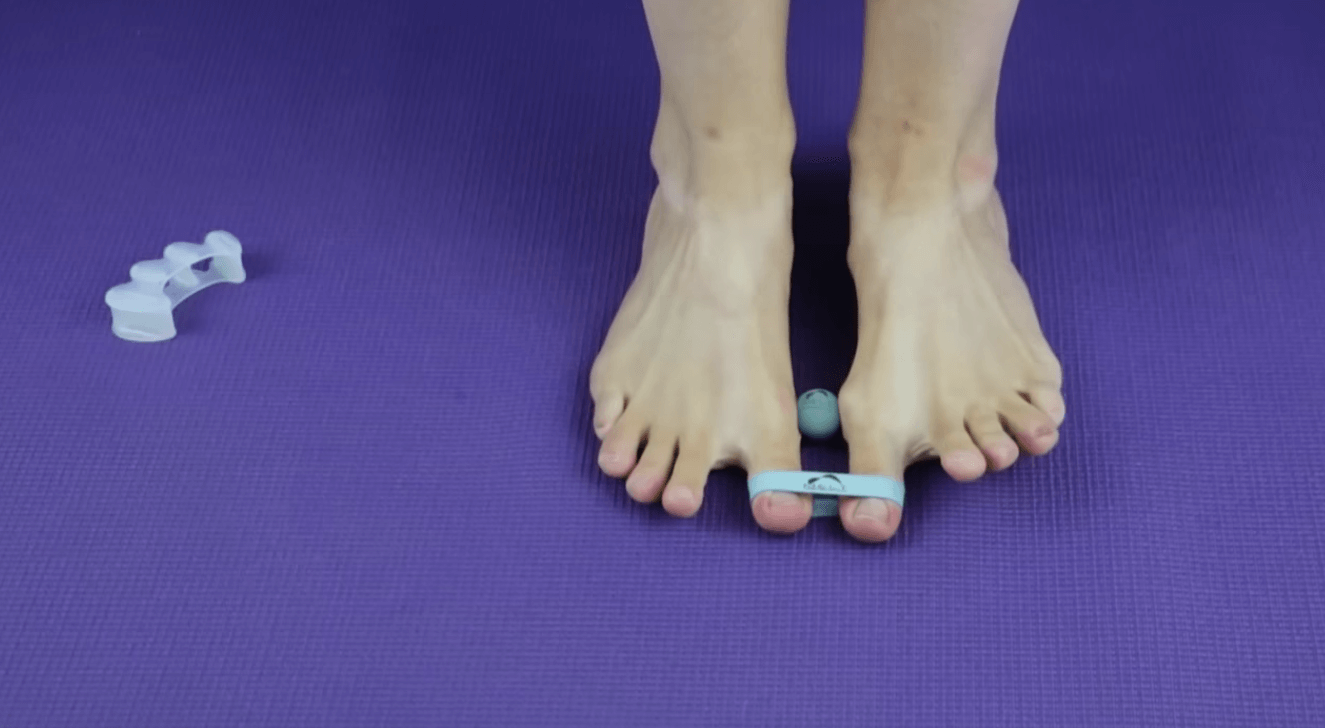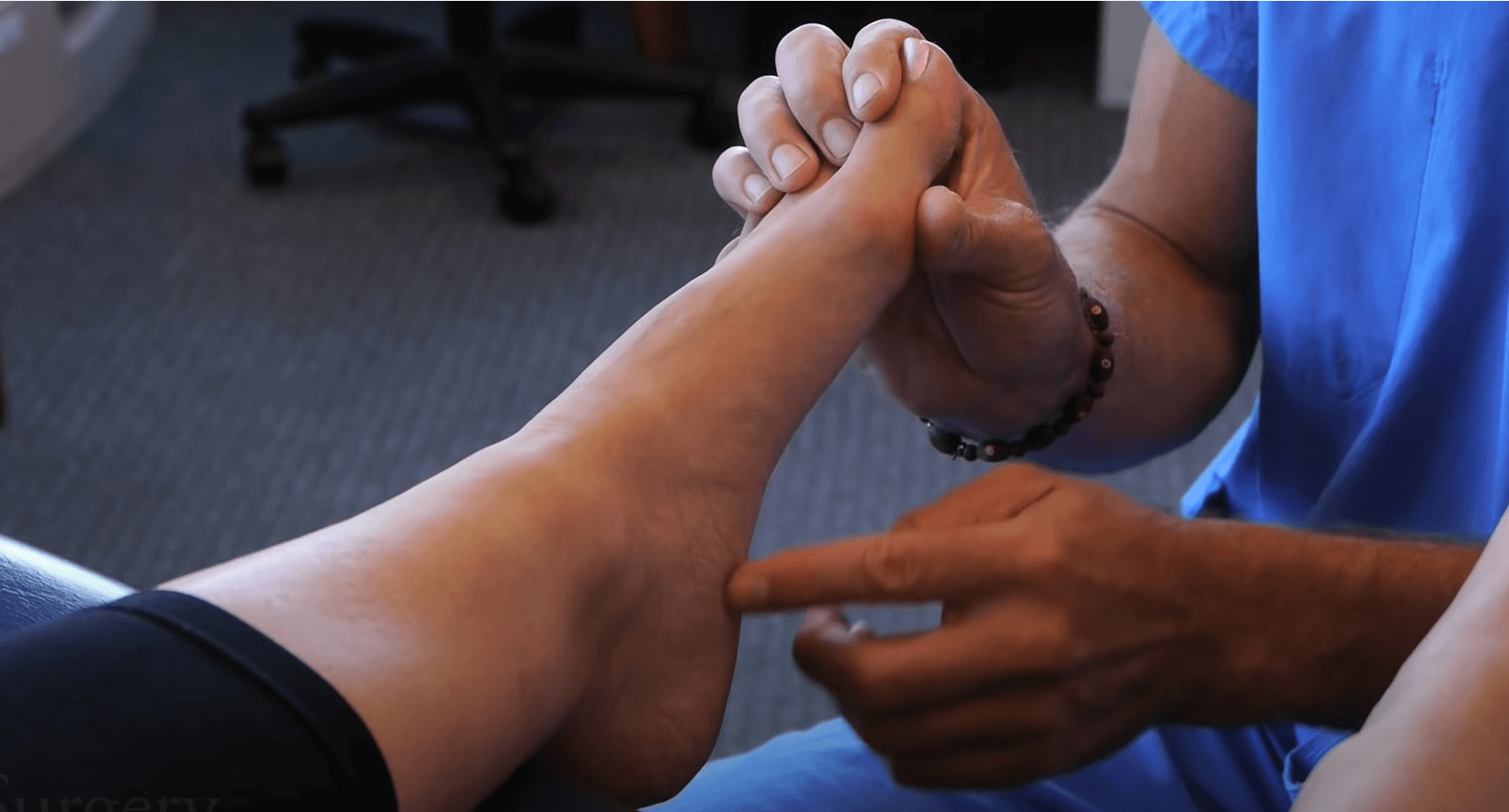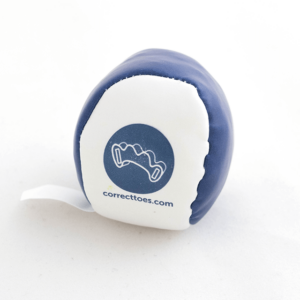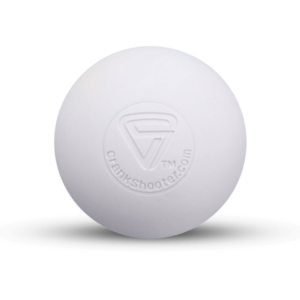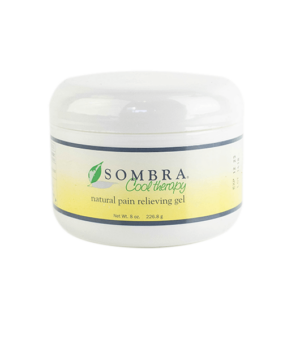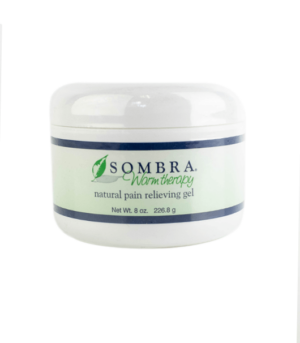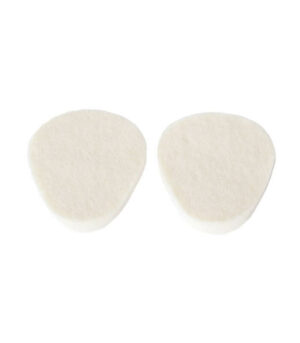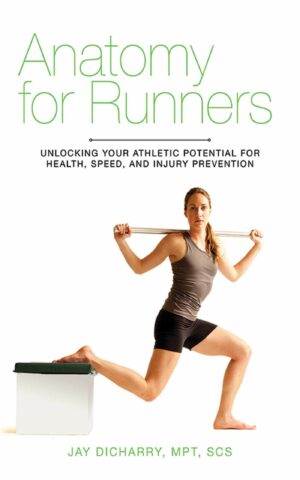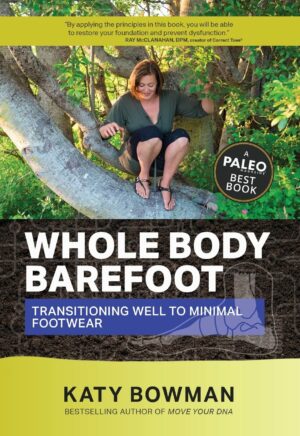Whether you’re an athlete, someone with foot pain, or just interested in optimizing your health, it’s important to explore the effectiveness of innovative treatments and interventions that can improve well-being.
In this blog post, we delve into the fascinating findings of a recent study conducted by researchers from Southeastern Louisiana University, examining the effectiveness of Correct Toes—an toe spacing orthotic designed to encourage natural toe alignment. Let’s explore what are the benefits of toe spacers and how they can potentially boost big toe strength, alleviate foot pain, and optimize foot pressure distribution, enabling you to excel in your athletic pursuits and lead a more comfortable, active life.
What Are Toe Spacers?
Toe spacers are devices that help improve foot health by creating space and separating the toes. Typically made of silicone, they fit between the toes to promote proper toe alignment. This can relieve pressure on the toes and prevent overlapping or crooked toes. Toe spacers can also improve circulation by reducing compression and allowing for better blood flow in the feet. This can contribute to healthier tissues and reduce the risk of foot problems. Additionally, toe spacers help strengthen the muscles in the feet, enhancing foot stability and balance. They can also provide relief for foot conditions like bunions, hammertoes, and foot pain caused by various issues. By encouraging toe mobility and flexibility, toe spacers promote better foot function, which can be beneficial for athletes and anyone seeking improved foot comfort.

Study Overview
The study involved 23 female athletes, including 9 dancers and 14 soccer players, who frequently wear restrictive footwear and experience repetitive foot stress. Over a period of four weeks, the participants wore Correct Toes every evening. Measurements were taken at five different time-points: baseline, after weeks 1, 2, and 4 of Correct Toes usage, and finally, one week after discontinuing its use.
Improving Big Toe Alignment
While the changes in big toe angle varied among participants, the study did not observe statistically significant changes in the overall group. However, it is worth noting that among the 46 feet examined, only 5 exhibited mild to moderate bunions at the start of the study. Interestingly, these specific cases of mild to moderate bunions showed significant improvement, with an approximate 5° reduction in big toe angle for bunion-afflicted feet (4 cases of mild bunions alone demonstrated a 2.7° reduction).
Foot Pain Reduction
Initially, some participants experienced a slight increase in pain during the first week. However, as the study progressed, foot pain ratings consistently decreased. The lowest pain ratings were reported one week after discontinuing Correct Toes usage, with an average pain rating of 1.4/10—a significant reduction. Notably, individuals who experienced greater reductions in big toe angle also reported more substantial alleviation of foot pain.
Big Toe Strength Increase
Big toe strength was measured using a foot pressure pad while participants stood. Remarkably, after four weeks of wearing Correct Toes every evening, the average big toe strength doubled. Specifically, the left big toe strength increased from 0.05 Kpa to 0.1 Kpa, and the right big toe strength increased from 0.05 Kpa to 0.9 Kpa.
Optimizing Foot Pressure Distribution
Using a foot pressure pad, the researchers evaluated foot pressure distribution during a dynamic balance test. Participants performed single-leg squats with a 20° knee flexion while mapping and analyzing foot pressure distribution across quadrants. Following the four-week Correct Toes intervention, there was an increase in forefoot pressure and a decrease in rearfoot (heel) pressure. Interestingly, participants who experienced greater increases in big toe strength also exhibited significant shifts in foot pressure from the back to the front of the foot. This redistribution of foot pressure may be attributed to increased big toe strength and reduced foot pain.

Conclusion
While it is important to acknowledge the limitations of this study, which involved a relatively small sample size, the results are promising and align with our clinical experience regarding the benefits of Correct Toes. Notably, this study emphasized the passive use of Correct Toes during evenings and daily activities, yet it is worth considering the potential impact and benefits that may arise from wearing Correct Toes during active and exercise-related endeavors. Furthermore, a previously published study involving Correct Toes demonstrated significant improvements in dynamic balance among young, healthy adults following a four-week intervention.
Correct Toes paired with compatible footwear that has a wide toe box present a promising avenue for enhancing foot health and performance. Whether you are an athlete striving for peak performance, someone dealing with foot pain, or simply curious about optimizing your health, exploring the benefits of Correct Toes could be a valuable step toward achieving your goals. As always, it is recommended to consult with a healthcare professional to determine the most suitable interventions for your individual needs.
Read more about the medical research regarding toe spacers’ benefits.
- Kelly A, Stanek J. The Impact of a Foot-Toe Orthosis on Dynamic Balance: An Exploratory Randomized Control Trial. J Sport Rehabil. 2020 Sep 1;29(7):871-878. doi: 10.1123/jsr.2017-0321. Epub 2019 Sep 30. PMID: 31575824
Written by: Dr. Andrew Wojciechowski, ND
If you’re seeking more individualized foot health care and would like to work with Dr. Andrew directly, you can schedule at Northwest Foot and Ankle.
Schedule a virtual remote consultation with Dr. Andrew Wojciechowksi, ND.
Schedule an in-person appointment with Dr. Andrew Wojciechowski, ND at Northwest Foot & Ankle in Portland, OR.




